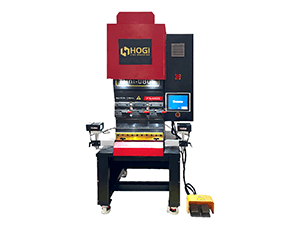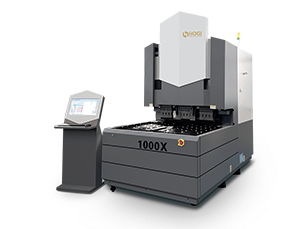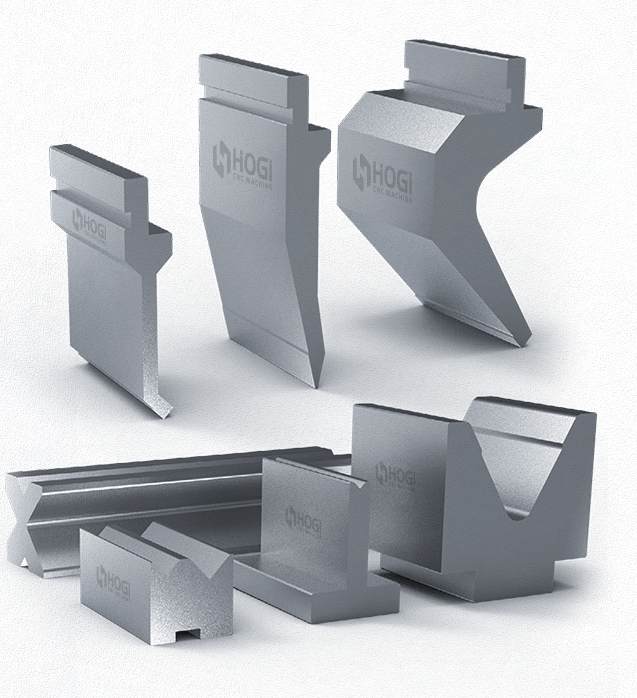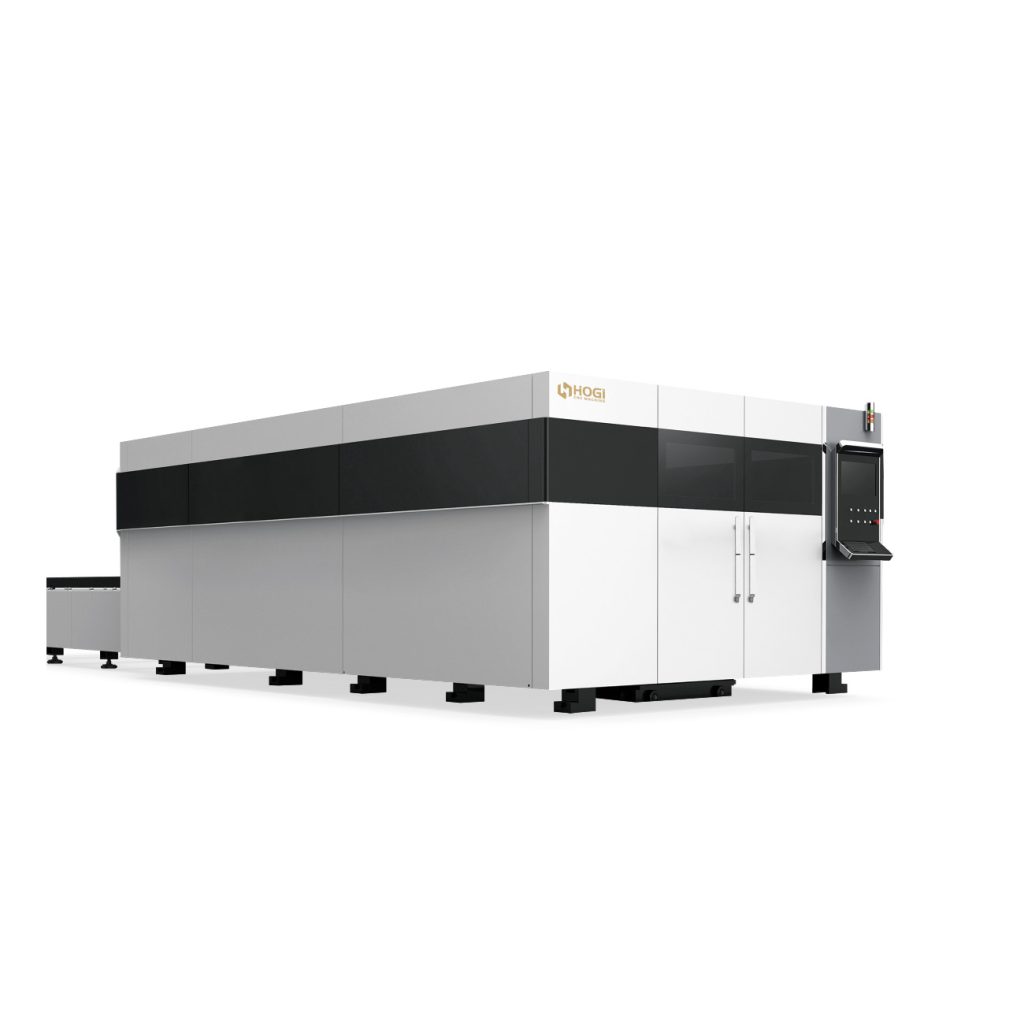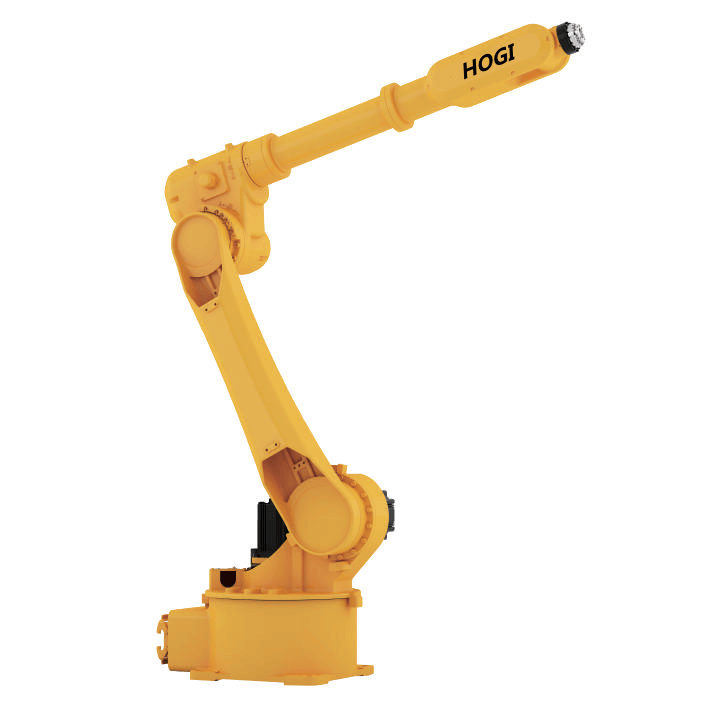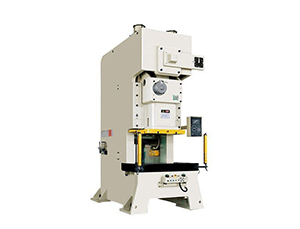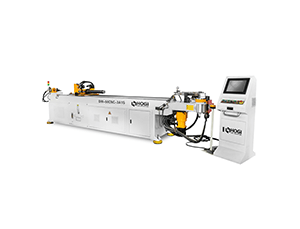The robot consists of the robot body and the control cabinet (hardware and software). The welding equipment, taking arc welding and spot welding as an example, consists of a welding power source (including its control system), a wire feeder (arc welding), a welding gun (clamp) and other parts.

For intelligent robots, there should also be sensing systems, such as laser or camera sensors and their control devices. The welding robots produced in various countries in the world are basically joint robots, and most of them have 6 axes. Among them, the 1, 2, and 3 axes can send the end tool to different spatial positions, while the 4, 5, and 6 axes solve the different requirements of the tool attitude.
Advantages of welding robots
With the development of electronic technology, computer technology, numerical control and robot technology, since the automatic welding robot has been used in production since the 1960s, its technology has become increasingly mature, and its advantages are mainly as follows:
1) Stable and improve the welding quality, which can reflect the welding quality in the form of numerical values;
2), improve labor productivity;
3), improve the labor intensity of workers, can work in harmful environment;
4), reducing the requirements for workers’ operating skills;
5) Shorten the preparation period for product modification and replacement, and reduce the corresponding equipment investment. Welding robot degrees of freedom selection

The arm and wrist of the welding robot are the basic motion parts. The robotic arm of either design has three degrees of freedom to ensure that the end of the arm can reach any point within its working range. The three degrees of freedom of the wrist are the rotational motions around the three coordinate axes X, Y, and Z that are perpendicular to each other in space, which are usually referred to as roll, pitch and yaw motion.
When customers purchase and use welding robots, the following aspects should be considered:
1. The production type of weldment belongs to the nature of multi-variety and small-batch production;
2. The structure and size of the weldment are mainly small and medium-sized welding workpieces, and the material and thickness of the weldment are conducive to the welding method of spot welding or gas shielded welding;
3. The blank to be welded can meet the technological requirements of welding robot welding in terms of dimensional accuracy and assembly accuracy;
4. Equipment used in conjunction with welding robots, such as automatic welding equipment and welding positioners, should be able to coordinate actions with the welding robot online, so that the production rhythm is in sync;


